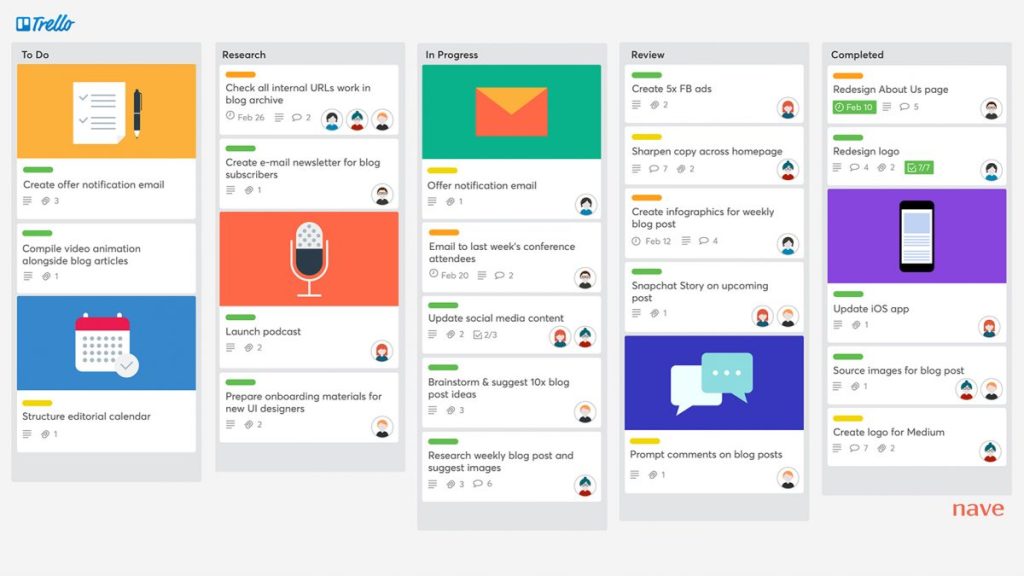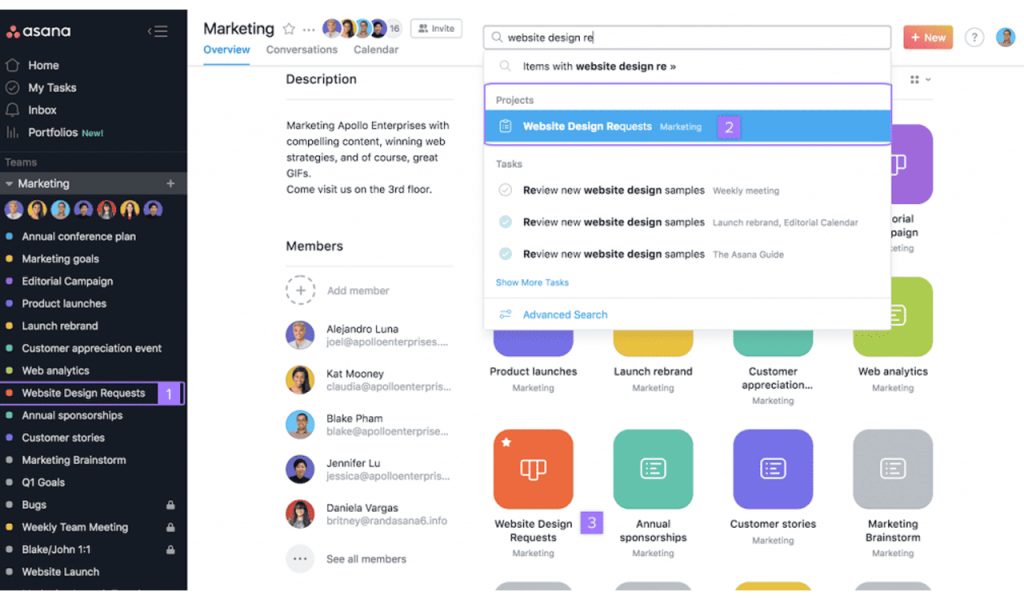Collaboration is critical for success in the contemporary world. The rise of remote work has made collaboration between different professionals necessary. Project management combined with collaborative innovation leads to increased productivity. These online platforms provide continuous communication and coordination between different professionals, resulting in a more efficient workflow and faster decision-making. These platforms also facilitate increased workflow efficiency, remote work, and innovation, fostering team creativity.
The article will overview 10 online collaboration platforms for team design projects.
Microsoft Teams
Microsoft developed Teams, a cloud-based platform for team communication that is part of the Microsoft 365 suite. Communities, businesses, or groups can have continuous, two-way conversations with one or more participants through Teams.
Workspace chat, video conferencing, file storage, and application interaction with proprietary and third-party programs are all made possible by the platform. Meetings can be arranged with multiple participants who can converse by phone, video, chat, or presentation. Multiple people can join at once via a meeting link. The automated minute production is made possible by the transcript and recording features.
Google Workspace
Google Workspace is a set of cloud computing and collaboration platforms designed by Google. Google Workspace may come with a jam board, an interactive digital whiteboard, and the ability to add add-ons like voice phone service, depending on the edition. To administer users and services, an admin panel is provided.
While Google Workspace offers enterprise features like domain-specific email addresses, unlimited Drive storage, additional administrative tools and sophisticated settings, and round-the-clock phone and email support, the majority of the services are still free for users of their free Google (Gmail) accounts.
Figma
Figma is one of the leading tools for creating collaborative user interfaces, and it also offers extra offline features through desktop Windows and macOS applications. It enables designers to create, work together on, and test designs for websites, mobile apps, and other digital products and experiences.
Designers can interact with prototypes in real time and provide feedback to help them make better decisions more quickly with the help of the Figma mobile app for iOS and Android. Figma’s main features are its prototype tools, several vector graphics editors, and user interface and user experience design that prioritise real-time collaboration.
Slack
The acronym for the term Slack is “Searchable Log of All Conversations and Knowledge.” The cloud-based team communication tool known as Slack was designed by Slack Technologies. It makes a workplace more organised, efficient, and safe.
By bringing different professionals together to collaborate as a team, Slack is transforming the way businesses communicate. Businesses of all sizes utilise Slack, and a lot of them do so to improve employee cooperation and communication. The platform provides text messaging, file and media sharing, audio and video conversations, group chat for teamwork, and both freemium and premium memberships.
Miro
Miro, formerly known as RealtimeBoard, is a digital collaboration platform developed in 2011 to assist remote and distributed teams interact, manage projects and allowing and brainstorming sessions. With this software, designers can jot down ideas, organise objects, participate in online discussion boards or embedded video conferences, and take notes.
Because Miro is a visual workspace for innovation where teams manage projects, build products, and collaborate to define the future, the firm markets itself as a digital whiteboard. Additionally, the application includes several pre-made templates that can be used as a starting point or inspiration for additional project development.
Trello
Trello Enterprise developed the Kanban-inspired web-based Trello list-making tool, which made its debut in 2011. The collaboration tool groups your projects into boards so you can see what’s being worked on, by whom, and at what point of the process.
Designers can rearrange task boards into numerous columns and transfer work between them. Tasks often have three-column statuses: to do, in progress, and done. The software is suited for both personal and business reasons and has applications in the areas of real estate administration, software project management, lesson planning, accounting, web design, gaming, and legal case management.
Airtable
Launched in 2012, Airtable is a low-code cloud collaboration platform that makes it easier to create applications of the future. A hybrid spreadsheet-database integrates database features into the spreadsheet. Collaboratively, designers can specify column types, insert data, link tables, publish views to other websites, and sort records.
Fields in an Airtable table (like spreadsheet cells) can connect to file attachments, such as images, and feature special types, such as checkbox, phone number, and drop-down list. In June 2023, the platform goes beyond rigid tools, operationalizing important data and reimagining workflows with AI.
Monday
Using the cloud-based collaboration platform Monday, designers may create custom project management systems and services. The user-friendly interface of Monday.com facilitates better collaboration between professional teams and designers. Using customised boards and automation technology to track standard day to day tasks is also a significant feature of the platform.
Throughout a project, it also assists managers and team members with work synchronisation, planning, organisation, and tracking. Designers can personalise templates, connect to extra collaboration tools, and manage jobs, projects, and team communication in real-time through the website.
Asana
Asana, a team collaboration platform, was developed in 2008 to assist teams and businesses organise, coordinate, and measure their workload. Although it is free to use for up to 10 people, businesses can grow their membership and gain access to premium features inside a team or workspace.
It’s a service platform that lets teams and individuals track project progress, assign tasks, and interact in real time. Goal monitoring, file attachments, and calendars are among the included features. Asana introduced new features in 2022, such as my targets, automatic progress updates, and integration with Google Workspace and Figma.
Basecamp
Launched in 2004, Basecamp is a cloud-based project management application and is the first product from 37signals.Task lists, milestone management, forum-style messaging, file sharing, and time tracking are among the main features. Professionals are able to monitor their responsibilities and goals thanks to the programme, which enhances team coordination and communication.
Basecamp is often regarded as an all-in-one project management solution because it provides designers with chat boards, to-do lists, and file-sharing capabilities. Hundreds of teams utilise the programme, which is an efficient tool for cooperation, to plan projects, communicate, keep track of activities, and much more.






























Leave a comment